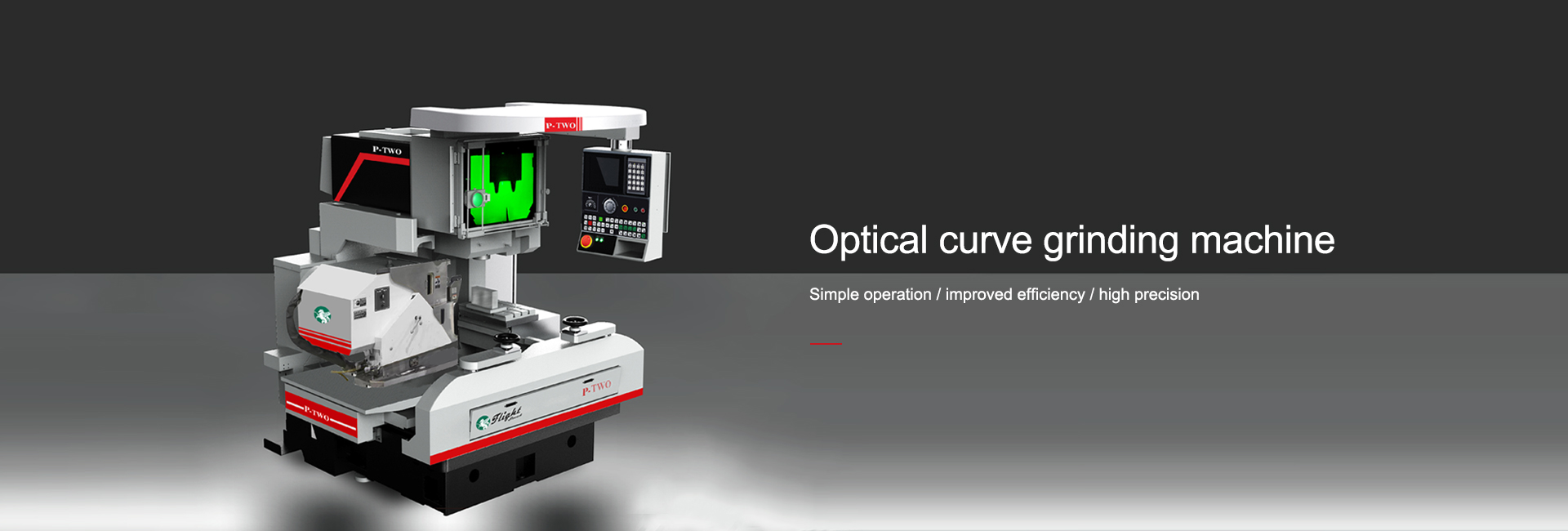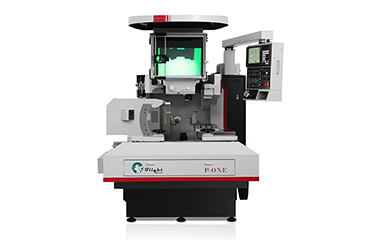

I. Defects and Measures Prone to Occur during Curve Grinding
Curve grinding on a surface grinding machine often results in some defects, such as obvious surface ripples, burns, scratches, patterns and grinding marks (thread flow), etc. To address these issues, the following measures can be taken:
Most surface ripples are caused by the vibration of the grinding wheel, such as excessive bearing clearance, spindle deviation, poor dynamic balance of the motor rotor, and uneven oil film between the spindle and the bearing. In addition, poor balance of the grinding wheel can also cause ripples. If the grinding wheel is well balanced but there are still ripples, it is necessary to inspect or adjust the grinding wheel and its mating parts to completely eliminate the ripple phenomenon.
When processing materials with high hardness, the grinding efficiency of the grinding wheel is poor, and high temperatures will be generated at the grinding point, which is likely to burn the workpiece (for example, when grinding W18Cr4V, burning is even more likely to occur). To prevent burns, there must be sufficient grinding fluid at the grinding points. In addition, the depth of the cut on the back should also be appropriate and not too large. A good approach is to reduce the linear speed of the grinding wheel, which is preferably around 18m/s. Adopting a low speed of 1440r/min on the M7120A grinding machine can basically eliminate the burning phenomenon. Another advantage of reducing the linear speed of the grinding wheel is that it reduces the vibration of the grinding wheel frame, and accordingly, it can also reduce and eliminate the ripple phenomenon.
There are roughly two situations where scratches occur in curve grinding: One is that the scratches are irregular. This is because the grinding fluid is impure, and the impurities and abrasive grains carried out are washed between the grinding wheel and the workpiece, causing scratches. The method to eliminate this kind of scratch requires the grinding fluid to be filtered. Generally, three filters of magnetic and copper wire mesh are adopted. Another type of scratch is in rows like dotted lines, relatively shallow, with approximately the same length and distance. This is caused by the abrasive grains of the grinding wheel being scratched as the grinding wheel rotates when they are about to fall off. At this point, the solution is to use sufficient grinding fluid when dressing the grinding wheel and trim the two end faces of the grinding wheel into a slanted shape that is wider on the outside and narrower on the inside. In addition, the selection of grinding wheels should also be appropriate. They should not be too soft and should not use grinding wheels with overly good self-sharpening properties.
4. When grinding curves, there are various forms of pattern shapes that are prone to occur. There are many factors contributing to the formation of patterns. The main cause is vibration, which includes the periodic vibration of the grinding wheel, as well as external influences and vibrations from adjacent machine tools. Additionally, when the grinding wheel is too blunt or the stroke is unstable, patterns may also appear. When grinding is carried out when the adjacent machine tools are not in operation, the patterns are less likely to appear at this time.
When the grinding marks (wire flow) are quite obvious in curve grinding, to remove such wire flow, a fine-grained grinding wheel should be used instead. However, when using fine-grained grinding wheels, the following points must be taken into consideration:
(1) When fine-dressing the grinding wheel, the diamond tool should be sharp and the grinding fluid should be sufficient. Debris should be washed away in time to avoid affecting the surface of the grinding wheel.
(2) The grinding parameters should be appropriate to prevent surface burning and other defects that may affect the surface finish. Pay attention to leaving an appropriate grinding allowance.
(3) The linear speed of the grinding wheel must be reduced to 15 to 18m/s.
(4) The grinding fluid is strictly filtered to prevent scratches.
(5) When fine-dressing a grinding wheel with a grinding stone, the contact area between the grinding stone and the grinding wheel should not be too small, and the grinding stone used should not be too soft; otherwise, it will not be able to fine-dress the grinding wheel.